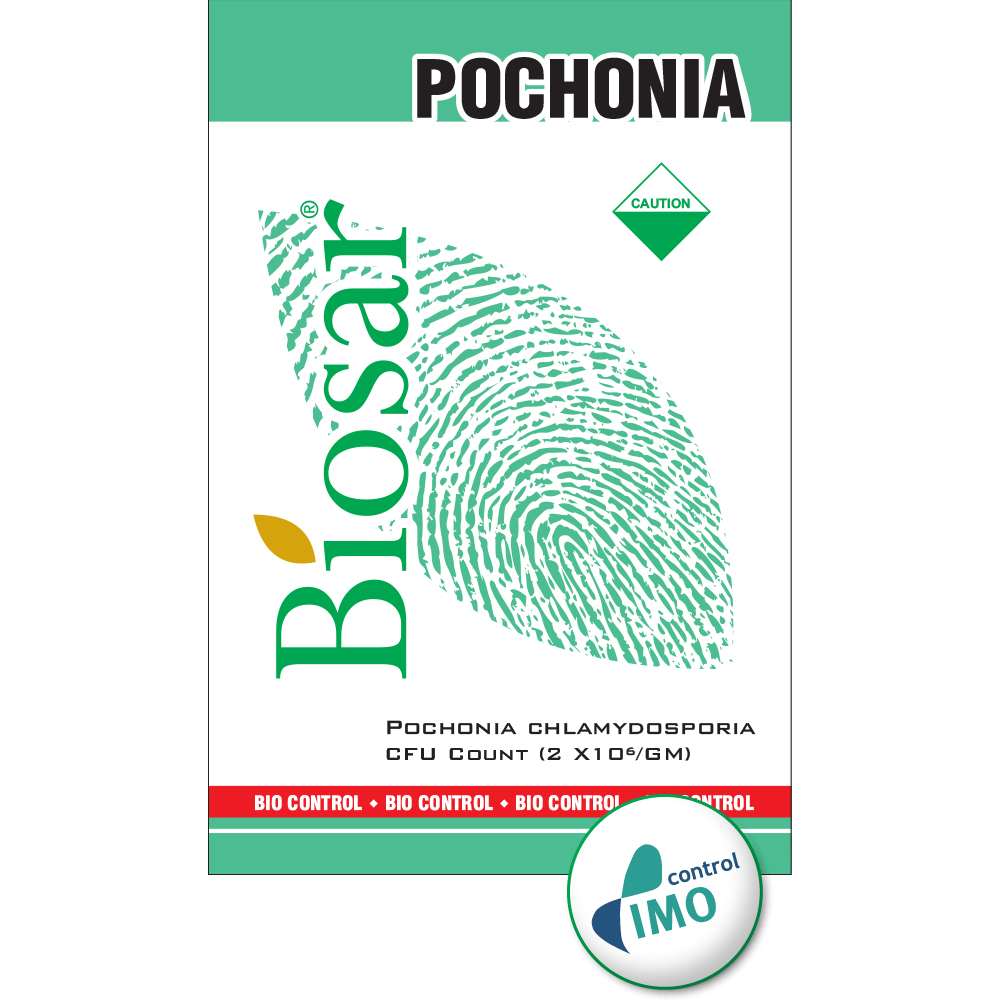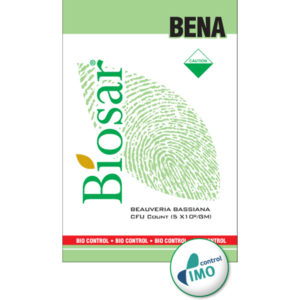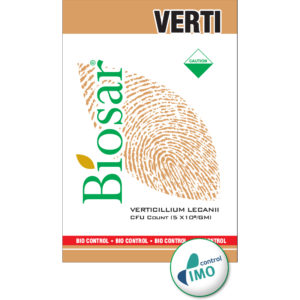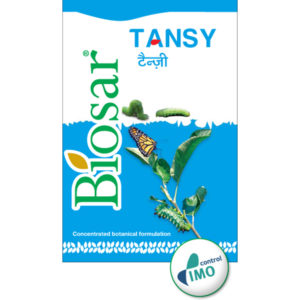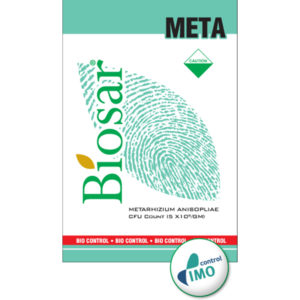BIOSAR BENA
BIOSAR BENA
BIOSAR BENA is a biological insecticide based on a selective strain of naturally ocurring entomopathogenic fungis (Beauveria bassiana). When the spore of the fungus comes in contact with cuticle (skin) of the target pest/insect it germinate and grow directly through the cuticle in the inner body of the pest/insect. The fungus proliferates throughout the insect’s body, draining the insect of nutrients, eventually killing it in about 48-72 hours after spray.
Benefits:
• It does not creat resistance, resurgence and residue problem.
• It is harmless to the environment.
• It is ecofriendly and maintains the ecological balance.
• Effectively controls pests such as borers, cutworms, Root grubs, leaf hoppers, white fly, Aphids, Thrips, Mealy bug, wide range of arthropods, beetles, termites, weevils, thrips, caterpillars, mealybug etc.
Recommended For: Rice, Maize, Tomato, Cauliflower, Potato, Cabbage, Tea, Cereals, Pulses, Vegetables, Fruit crops, Cole crops, Orchards, Fibre crops, Cut flowers Ornamentals in greenhouses, nurseries, lawns and landscape.



